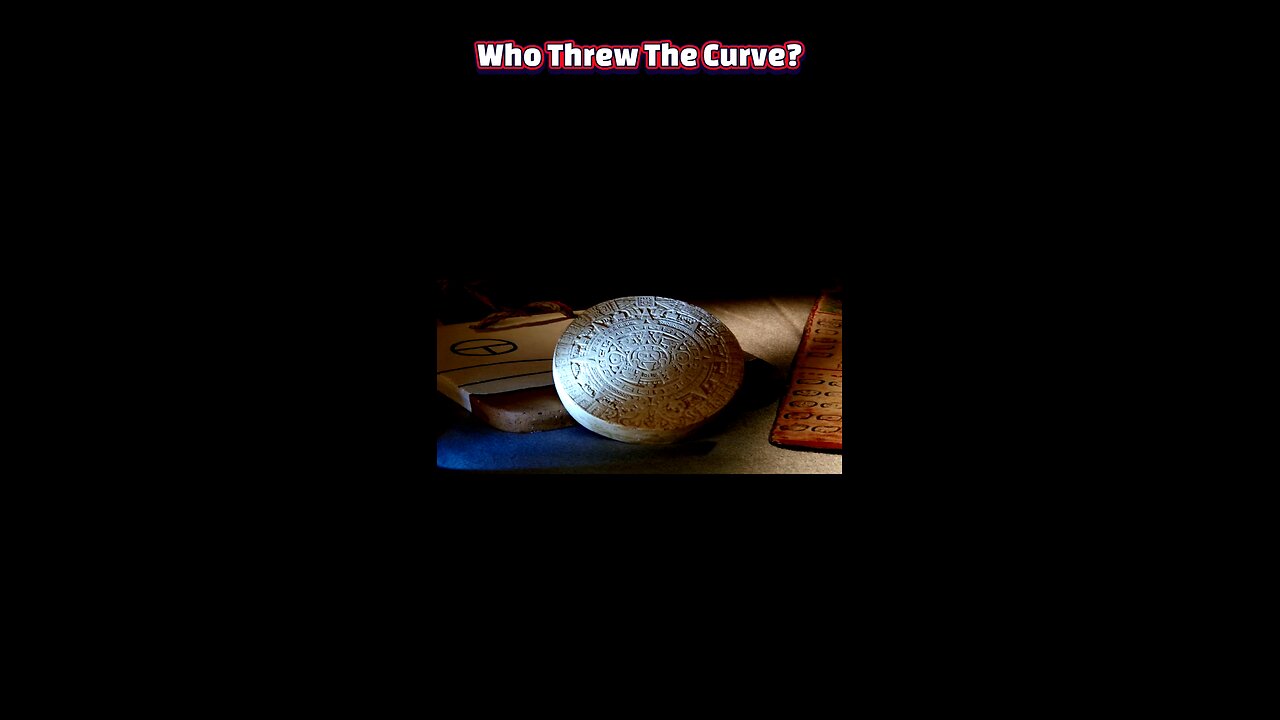Premium Only Content

Maya Apocalypse: The Cave That Told the Truth
#MayaCivilization #AncientMysteries #LostCities #HistoryUncovered #ClimateCollapse #ArchaeologyFinds #HiddenInACave #MayaDrought #HistoryExplained #YouTubeHistory
The mystery of why the once-flourishing Maya civilization suddenly fragmented and declined during the Terminal Classic period (roughly 800–1000 CE) has long sparked debate. Scholars have pointed to overpopulation, internecine warfare, political breakdown, and environmental mismanagement as possible culprits. Yet none of these explanations fully accounts for the synchronicity and scale of collapse seen across dozens of major Maya city-states. Only recently did researchers unearth decisive evidence pointing to a climactic culprit hidden far beneath the jungle canopy, in a Yucatán cave.
Deep within Grutas Tzabnah, a system of Yucatán caves studded with stalactites and stalagmites, scientists recovered a single, centuries-old speleothem whose internal layers record year-by-year rainfall variations. By measuring oxygen isotope ratios and trace elements in the stalagmite, the team reconstructed a high-resolution climate archive spanning the critical years between 871 and 1021 CE. This novel paleoclimate record reached a level of seasonal precision never before achieved for this era of Maya history, revealing how shifts in wet-season rainfall corresponded with the civilization’s tumultuous final centuries.
Analysis of that cave deposit uncovered not a gentle ebb of moisture, but a series of at least eight multi-year droughts. Each lasted a minimum of three consecutive wet seasons, yet one super-drought stretched for an astonishing thirteen years. Such prolonged deficits would have stressed even the Maya’s sophisticated reservoirs, cisterns, and irrigation canals, turning once-fertile fields barren and undermining food security across the lowlands.
The societal fallout was swift and devastating. As crops failed, famine likely spread, eroding confidence in rulers who claimed divine sanction for their authority. Mass migrations peeled away population centers, public monument building ceased at great capitals like Chichén Itzá, and political vacuums opened the door to conflict and abandonment. In this way, climate stress amplified existing social and political tensions, acting as a threat multiplier rather than a lone villain, to bring down a network of cities that had thrived for centuries.
While warfare, resource competition, and internal strife played roles in the Maya decline, the cave’s crystal-clear climate record places prolonged drought at the heart of the crisis. It shows how extreme environmental forces can tip the balance of even the most resilient societies. By reading history in stone, researchers have illuminated a critical lesson: complex civilizations may crumble not through a single cause, but when multiple pressures converge, and in the case of the Maya, the dry spell hidden below ground was the final straw.
-
 2:23:58
2:23:58
Nerdrotic
8 hours ago $10.07 earnedDeDunking the Debunkers with Dan Richards | Forbidden Frontier #119
52.6K12 -
 LIVE
LIVE
SlinderPigCamz
5 hours ago $0.79 earnedThe Headliners and other games W/GrinchyGamer101 (Road to 500 Followers)
41 watching -
 LIVE
LIVE
MrOldFart
9 hours ago $2.21 earnedLIVE - MEGABONK First Playthrough - Mr.OldFart
298 watching -
 9:06:53
9:06:53
GritsGG
11 hours agoWarzone Win Grinding! Most Wins in WORLD! 3680+!
79.3K1 -
![[LIVE] POST-SHOW | STAR WARS: Jedi Academy - Movie Battles 2 | ReaperAF95's Community Event Day 2](https://1a-1791.com/video/fwe2/ce/s8/1/E/Q/f/o/EQfoz.0kob-small-LIVE-STAR-WARS-Jedi-Academy.jpg) 7:07:08
7:07:08
Joke65
7 hours ago[LIVE] POST-SHOW | STAR WARS: Jedi Academy - Movie Battles 2 | ReaperAF95's Community Event Day 2
32.2K -
 5:41:09
5:41:09
Right Side Broadcasting Network
2 days agoLIVE REPLAY: President Trump to Deliver Remarks at America's Navy 250 in Norfolk, VA - 10/5/25
142K74 -
 LIVE
LIVE
SynsFPS
8 hours ago🔴B07 Beta🔴|🔴 LEVEL CAP INCREASED 🔴|🔴Path to Verify 🔴
33 watching -

tminnzy
9 hours ago*BETA DROPS* BO7 LEVEL CAP INCREASE! OPEN BETA
39.6K4 -
 1:06:42
1:06:42
The White House
10 hours agoPresident Trump Delivers Remarks at Navy 250 Celebration
57.4K59 -
 4:42:13
4:42:13
TinyPandaface
9 hours agoYour FACE is a Gaming Channel! | Homebody
25.7K
